5G – Who is Making All Those Base Stations?
The data also suggests how narrow the 5G base station market is in terms of vendors, with the top 3 5G base station brands capturing 73.5% of the market last year, increasing to 74.5% this year, even with a 1% share decrease for Huawei this year, and when including the top 5 5G base station providers, the share increases to 89.5% last year and 89.0% this year. There has been a drive to reduce the global reliance on this relatively limited number of 5G base station suppliers by creating ‘Open RAN’ alliances that would enable the use of COTS hardware and non-proprietary software, however given the concerns over security fomented by anti-Chinese politics in the US, such movements have difficulty addressing security protocols that would create open RAN networks that would be considered as safe as those developed by those indicated in Figure 1, along with the fact that not every country implementing 5G is convinced that Chinese 5G base station providers (Huawei and ZTE (000063.CH)) have created a system by which the Chinese government may eavesdrop on conversations or data moving across the network, and with China growing its base station count and coverage faster than any other country, Huawei and ZTE and be assured they have access to a growing market, even if they are excluded from the US and other allied countries. Its good to have a population of 1.45b in some cases.

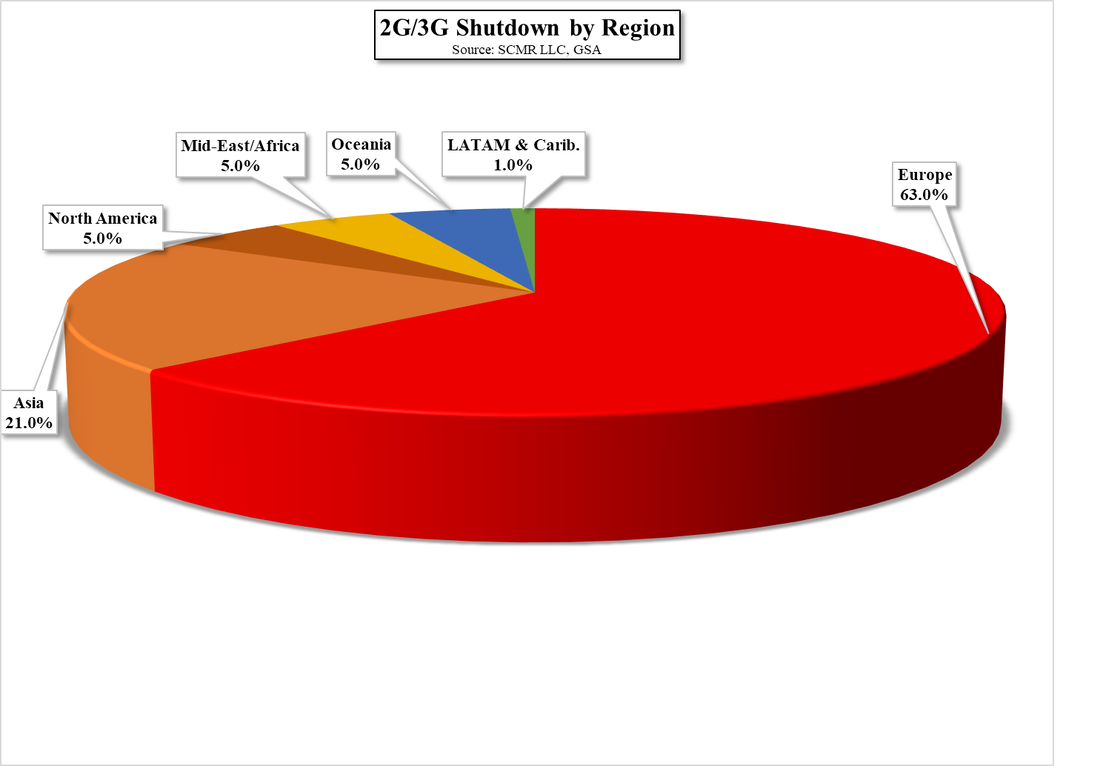
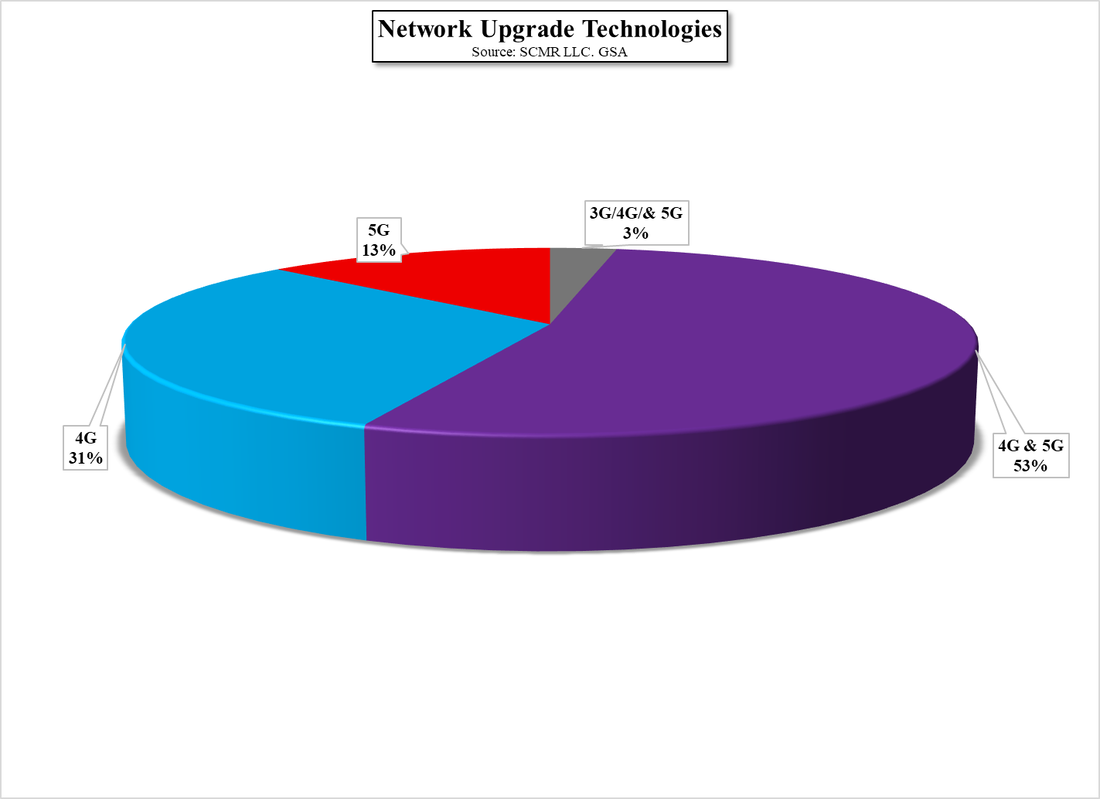




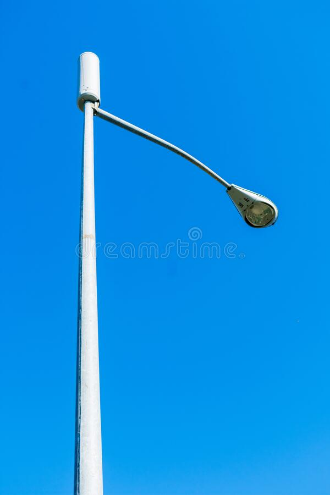

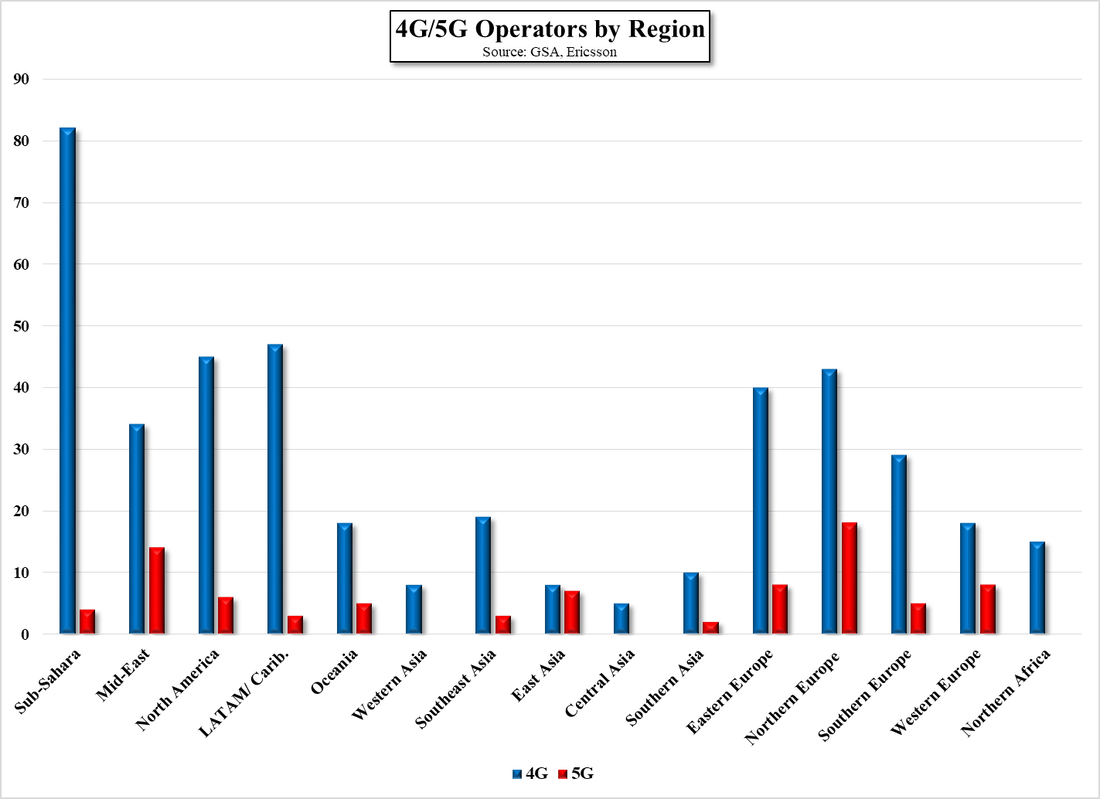
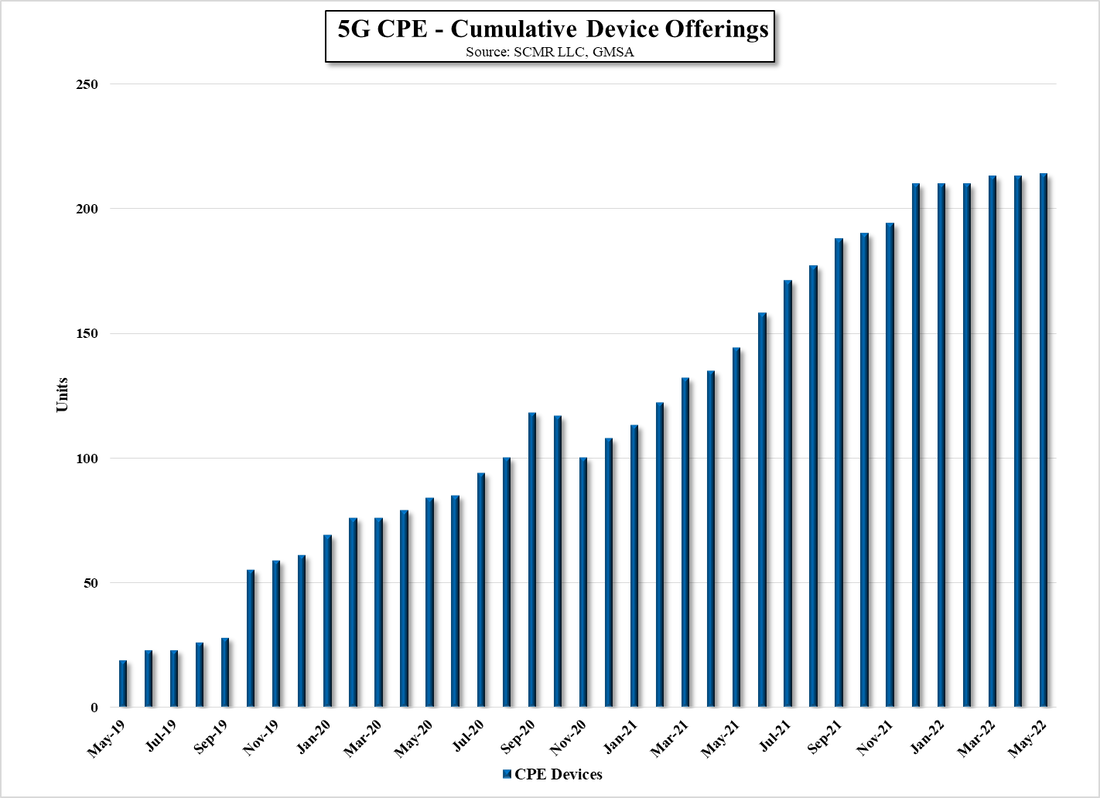

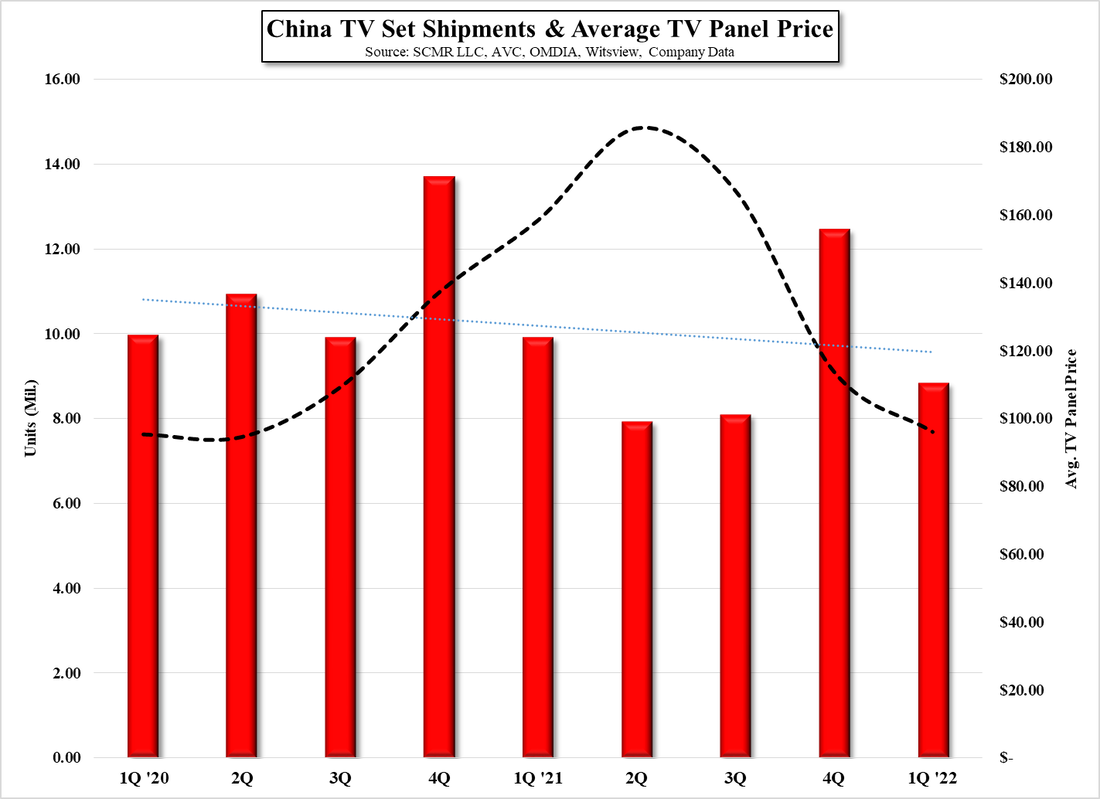




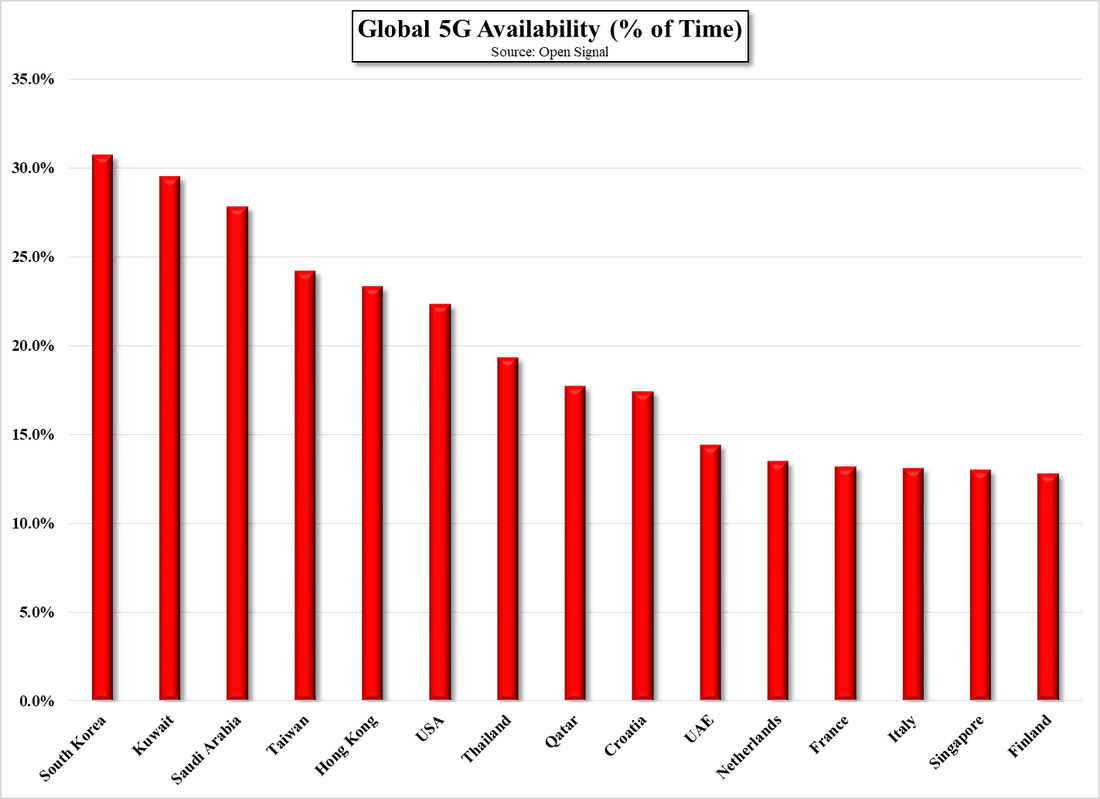
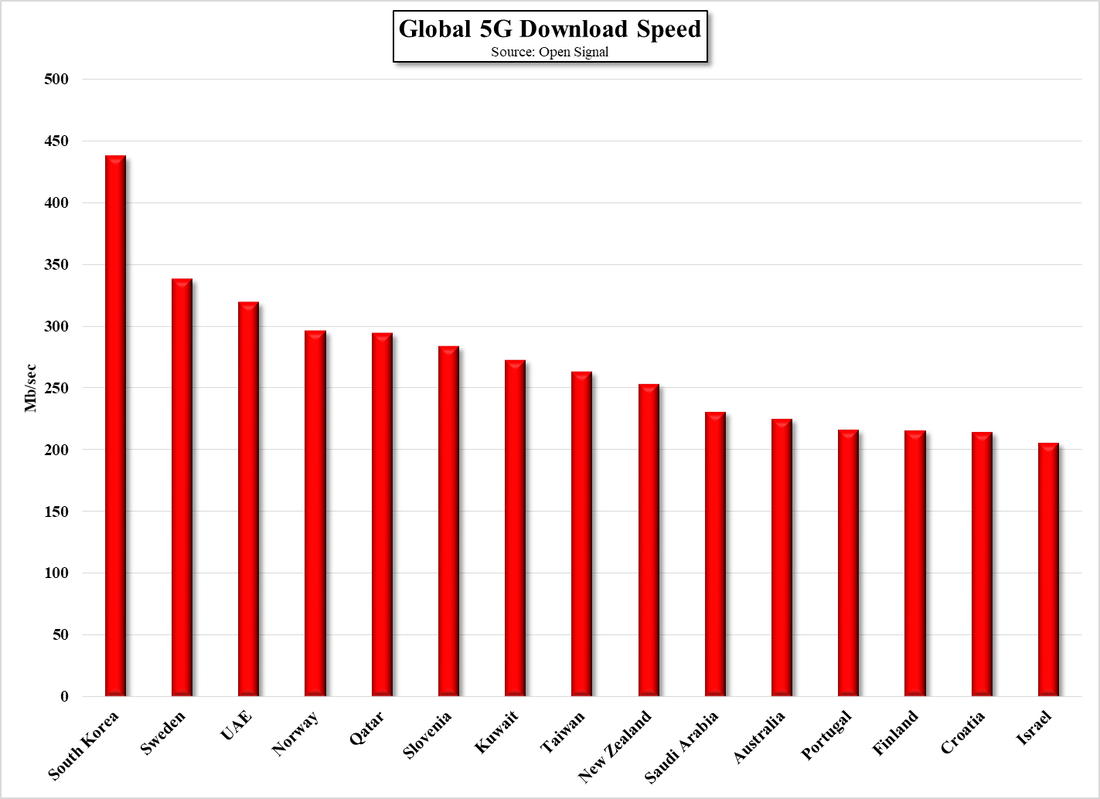
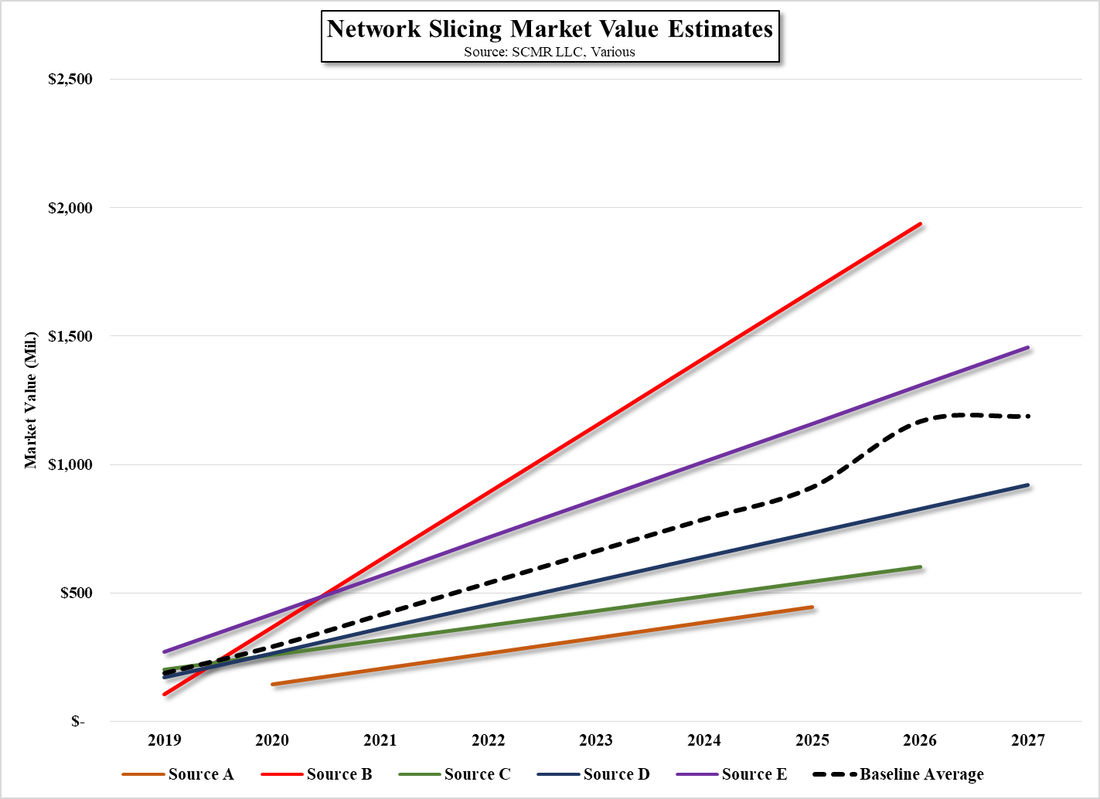
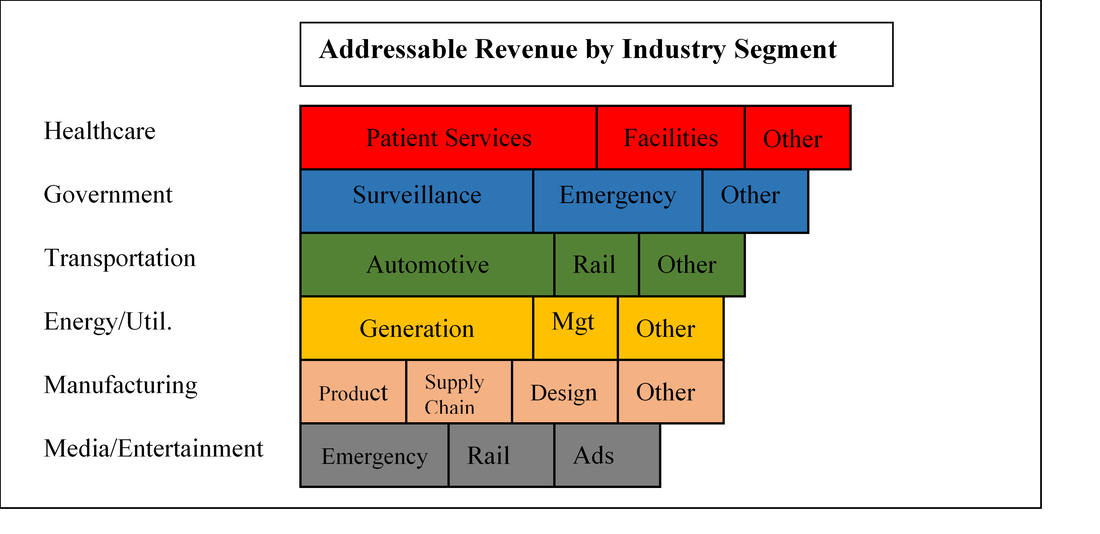
 RSS Feed
RSS Feed